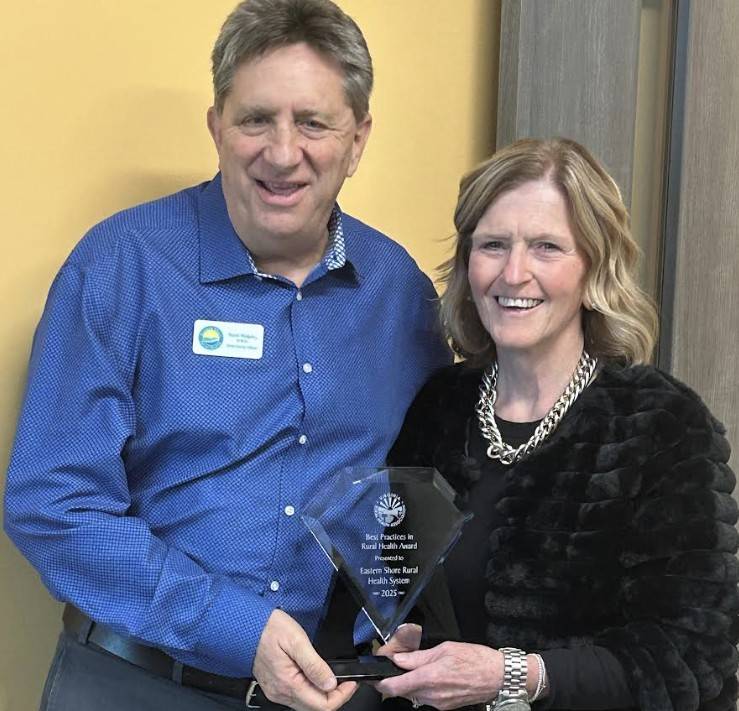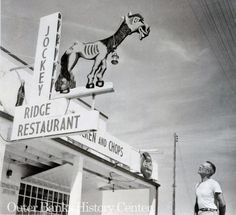ANNAPOLIS — The Chesapeake Bay Program has officially surpassed its goal of adding 300 new public access sites across the Bay watershed, announcing that 312 new sites have been opened since 2010, ahead of the 2025 target date.
This milestone fulfills a priority from the 2014 Chesapeake Bay Watershed Agreement, which committed to expanding access for boating, fishing, swimming, and other outdoor recreation by 2025. The access points include docks, boat ramps, kayak launches, and scenic waterfront areas.
Lisa Gutierrez, director of Public Access, Water Trails and Recreation Planning at the Maryland Department of Natural Resources, called the accomplishment “tremendously gratifying,” reflecting on the challenge of turning a once-daunting vision into reality through years of planning, funding negotiations, and partnerships.
As of late 2024, there are now 1,451 public access locations across the watershed:
- Maryland: 652
- Virginia: 414
- Pennsylvania: 230
- West Virginia: 77
- New York: 40
- District of Columbia: 30
- Delaware: 8 (Source: WBFF, CBS News)
These access points bring economic benefits as well—outdoor recreation and tourism generated $14.3 billion in annual income across the watershed in 2022, according to U.S. Census Bureau data. Recreational fishing alone involved over 2.5 million anglers spending more than $1.5 billion, supporting approximately 15,500 jobs and generating a broader $2 billion economic impact.
One standout example is Hopewell Riverwalk in Virginia. Former Mayor Jasmine Gore describes it as more than a waterfront amenity—it’s a community hub that brings together families, walkers, anglers, and photographers.
In Pennsylvania, nine new sites opened between 2023 and 2024 along the Susquehanna River and its tributaries, a direct result of Chesapeake Bay Program collaboration with the state’s Department of Conservation and Natural Resources and Fish and Boat Commission.
Development of the 27 sites added in 2024 illustrates multi-jurisdictional cooperation: three are federally owned, nine are state‑owned, twelve are managed by local governments, and four are overseen by NGOs or private partners .
With the original goal met, Chesapeake Bay Program officials are now drafting a revised Public Access Outcome to guide efforts beyond 2025. The proposed update emphasizes:
- Improving ADA/ABA accessibility,
- Expanding access in urban green spaces,
- Enhancing maintenance and amenities at existing sites .
Public feedback on the draft Watershed Agreement is being accepted on the Chesapeake Bay Program’s “Beyond 2025” webpage, with a comment deadline of September 1, 2025.
- Community Access: More people in Maryland, Virginia, Pennsylvania, and across the watershed now have places to kayak, fish, swim, and connect with nature.
- Economic Boost: From local bait shops to tourism-driven businesses, these sites provide measurable economic returns.
- Environmental Engagement: Access fosters stewardship—people who fish and paddle are more likely to support conservation.
- Equity and Inclusion: Future plans include making these sites more accessible to underserved and urban communities.
This achievement is a testament to sustained regional collaboration: over 15 years, federal, state, and local agencies, as well as non-profit and community stakeholders, worked together to expand physical and symbolic access to the Bay. With the 300-site goal now in the rearview mirror, the Chesapeake Bay Program is preparing to ensure that access is not only widespread—but inclusive, up-to-date, and resilient into the future.




Ms Iohnstone Thank you for writing this.
Please tell me you are not considering Angelo Manuel.
FRANK WENDELL FOR MAYOR!!!
Loved this. Thank you.
As it is being used by all of the political parties here and globally to keep the populace divided to…